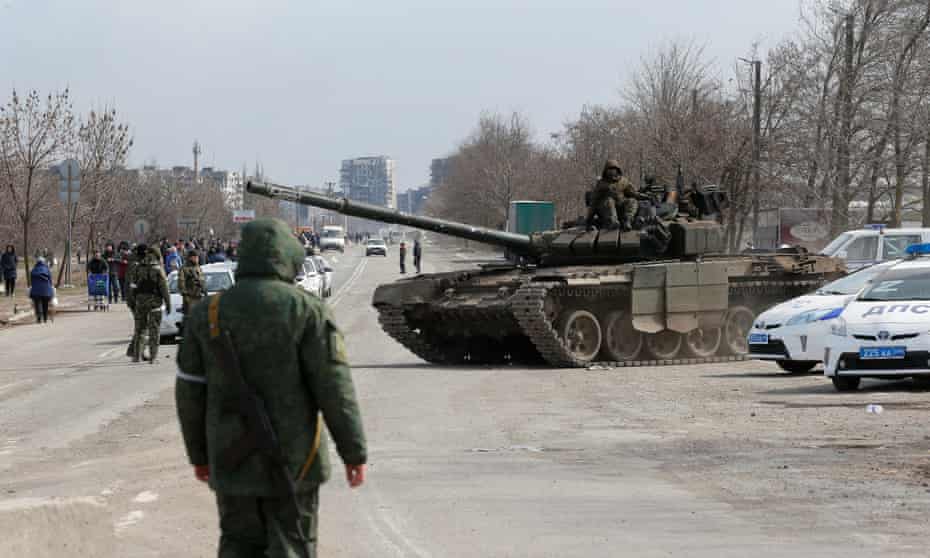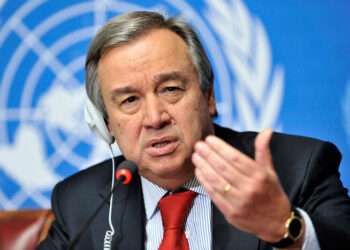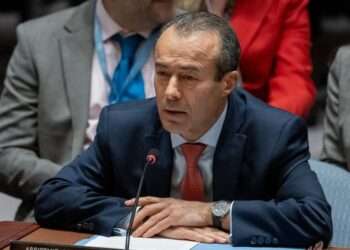Fitch Ratings has cut its growth forecast for the global economy by 0.7 percentage points to 3.5% in 2022 and made a sharp upward revision to inflation forecasts in its March 2022 Global Economic Outlook. It also cut world growth for 2023 by 0.2 percentage points to 2.8%.
According to Fitch, the outlook for global GDP growth has deteriorated significantly as inflation challenges intensify and Russia’s invasion of Ukraine threatens global energy supplies.
The rating agency cut Eurozone’s GDP forecast by 1.5 percentage points to 3.0% and the US by 0.2 percentage points to 3.5%. This, according to Fitch, reflects the drag from higher energy prices but also a faster pace of US interest rate hikes than previously anticipated.
“Global inflation is back with a vengeance after an absence of at least two decades. This is starting to feel like an inflation regime change moment”, Brian Coulton, Chief Economist at Fitch Ratings said.
A potentially huge global supply shock that will reduce growth and push up inflation is hitting the post-Covid-19 pandemic recovery. Russia’s invasion of Ukraine and the economic sanctions on Russia that have followed have put global energy supplies at risk and sanctions seem unlikely to be rescinded any time soon, Fitch stated.

“Russia supplies around 10% of the world’s energy, including 17% of its natural gas and 12% of its oil. The jump in oil and gas prices will add to industry costs and reduce consumer real incomes. Outright shortages and energy rationing are possible in Europe if there is an abrupt halt to Russian supply. Higher energy prices are a given”.
Fitch
Risk of rising inflation
According to Fitch, Russia supplied around a quarter of the Eurozone’s primary energy consumption in 2019 which equaled the share of OPEC oil output in global primary energy production in 1973. However, it indicated that diversification to other sources will take time. “Eurozone inflation will average 5% in 2022 on the rise in EU gas prices”, Fitch projected, adding that “some fiscal support to cushion the shock is likely”.
Fitch underscored that US exposure to Russian energy is much lower but the rise in world oil prices is adding to what was already becoming a major inflation problem. The rating agency noted that consumer goods prices continue to rise sharply and services inflation has hit a 30-year high as rents accelerate and wage growth approaches 6%. Households’ concerns about inflation are rising and “We now expect US CPI inflation to peak at 9% and average 7% for the year as a whole”, Fitch stated.

“The Fed had already turned hawkish before the invasion of Ukraine. We now expect a total of seven rate hikes in 2022 and the Fed Funds (upper) rate getting back to 3% by end-2023. The ECB has also flagged an earlier end to asset purchases in 3Q22 and we now expect them to raise the main refinancing operations rate by 25bp in 1Q23”.
Fitch
The People’s Bank of China is, by contrast, in easing mode with inflation still low but Fitch noted that it expects further interest rate and reserve requirement ratio (RRR) cuts in addition to significant fiscal easing. Nevertheless, with a weak risk to the near-term consumption outlook from Covid-19 restrictions and the property market, “we forecast only 4.8% growth, below the official target” for China.
Inflation challenges and supply shocks could take a much heavier toll on world GDP growth if they prompt much more abrupt Fed tightening, push oil prices to USD150 a barrel for a sustained period and are also associated with widespread energy rationing in Europe, Fitch warned.
READ ALSO: FIFA Unveils Crypto.com as Official Sponsor of the 2022 World Cup





















